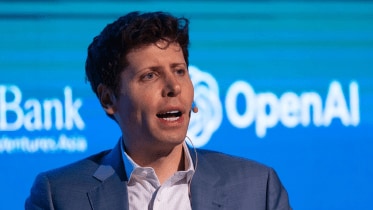After getting bombarded with complaints on public internet forums, OpenAI has decided to bring back its GPT-4o model from the dead. GPT-4o, which was the predecessor to the controversial yet more capable GPT-5 is now back to be used as an alternative AI model option on ChatGPT. However, there’s a catch – it’s not available for everyone (yet).
After various OpenAI forums and subreddits found thousands of users complaining about GPT-5, especially for its cold responses and lower capability than its predecessor, OpenAI CEO Sam Altman promised to come up with a solution. Altman, in his post on X, promised that his team will make GPT-5 a lot warmer than the current state and will also make the older model available to the public.
Sam Altman delivers on his promise, brings back GPT-4o
OpenAI CEO Sam Altman announced the change on X, stating that the company would allow ChatGPT Plus users to choose the older 4o.” However, the catch is that the option to choose the older 4o model is only available for paid subscribers. Free tier members will continue to be limited to the new and ‘less warmer’ GPT-5 models.
Altman said, “We will let Plus users choose to continue to use 4o. We will watch usage as we think about how long to offer legacy models for.”
The controversy began when OpenAI discontinued several older models on August 7, 2025 to make way for GPT-5. While the new model promised greater speed and reasoning capabilities, it failed to resonate with a segment of users who valued the conversational style of GPT-4o. Many users felt that GPT-5 lacked the personality and creative depth that GPT-4o provided. Some found GPT-5’s tone to be abrupt and sterile, with a few categorising it as a downgrade.
Other upgrades for GPT-5 coming
In addition to reinstating the older model, Altman also stated that OpenAI will “double GPT-5 rate limits for ChatGPT Plus users” and is considering offering a limited number of GPT-5 Pro queries to Plus subscribers each month, thus allowing them to experience the new model’s more advanced features. Altman said that the company will be more transparent with the directions for future versions of its AI models.
